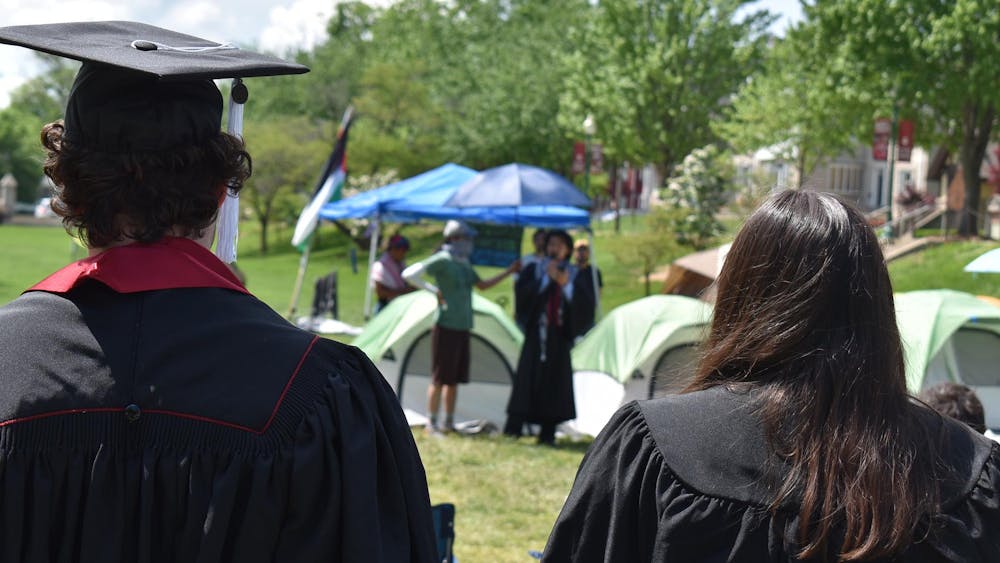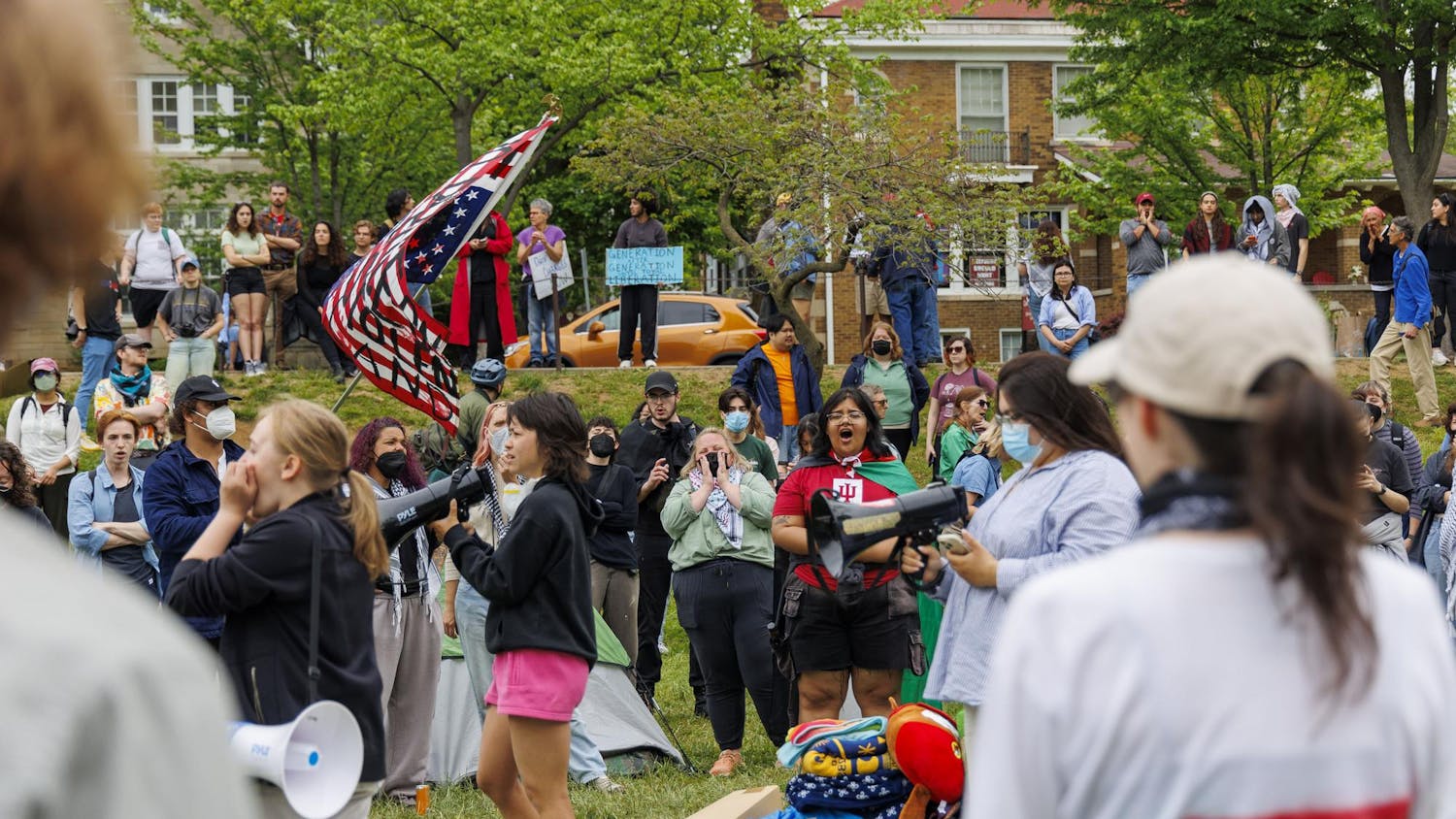By Alyson Malinger
afmaling@indiana.edu | @aly_mali
Saturday marked the third annual Artifact ID Day at the Glenn A. Black Laboratory of Archaeology, bringing students and members of the Bloomington community together to examine ancient artifacts from around the world.
Participants were encouraged to bring in any artifacts they thought had historical significance for experts to examine and possibly tell them what the objects were used as in the past.
“We serve as a conduit for the University and the community,” said Sarah Hatcher, head of programs and education for the laboratory.
In the past, people have brought in items that have been particularly mysterious, Hatcher said. The laboratory often sees many artifacts of Midwestern descent, so it is puzzling at times when objects are brought in that don’t fit in that small demographic.
Most participants throughout the day brought in a variety of Native American trading beads, arrowheads, ancient corals and rock-made fish hooks.
One woman brought in a textile sample she had discovered on an excavation trip with her father.
“My dad considered himself an amateur architect,” IU graduate student Ann Woods said. “This is the first time I’m here, in order to see what history we have found together.”
One woman brought in a variety of corals and carved tools. A small coral covered in hexagon-like shapes, identified as a crinoid, was said to be more than 6,000 years old by the panel of experts. The hexagon, according to the archaeologists, is the most economic and stable form. This shape is commonly found in ancient coral pieces, faculty curator Susan Alt said.
Alt said she was very upset with a state legislator at the moment because he turned down a bill establishing the crinoid as the state fossil. Another participant brought in a heavy grinding tool, established to be more than 7,000 years old by the experts.
“It’s crazy to think that an object that was just stumbled upon about 50 years ago has little to no effect in comparison to its actual age,” Alt said.
Also on display were a variety of items found in the Midwest for people to guess what each was used for in the past. Items such as grinders, ancient hoes, bottle necks of bottles, blades and different types of coal were out for examination.
The laboratory mainly focuses on artifacts found around the state of Indiana and then in a more broad view, looking at North America as a whole. As for other areas of the world, especially particular parts of Asia and Europe, the experts do not have sufficient knowledge on many artifacts.
The laboratory asked participants that brought in items that might not be from North America if the items could be photographed to send to colleagues in attempt to learn more about the specific items.
The Glenn Black Laboratory of Archaeology was dedicated in 1971 and named in honor of Indiana’s first professional archaeologist, Glenn A. Black. Black dedicated his adult life to archaeology and focused much of his research on learning about the people that inhabited Angel Mounds.
No appraisals of items were permitted for any objects because of the professional ethics of the experts.
“We are here to connect the items of the past to our lives today,” Hatcher said.





